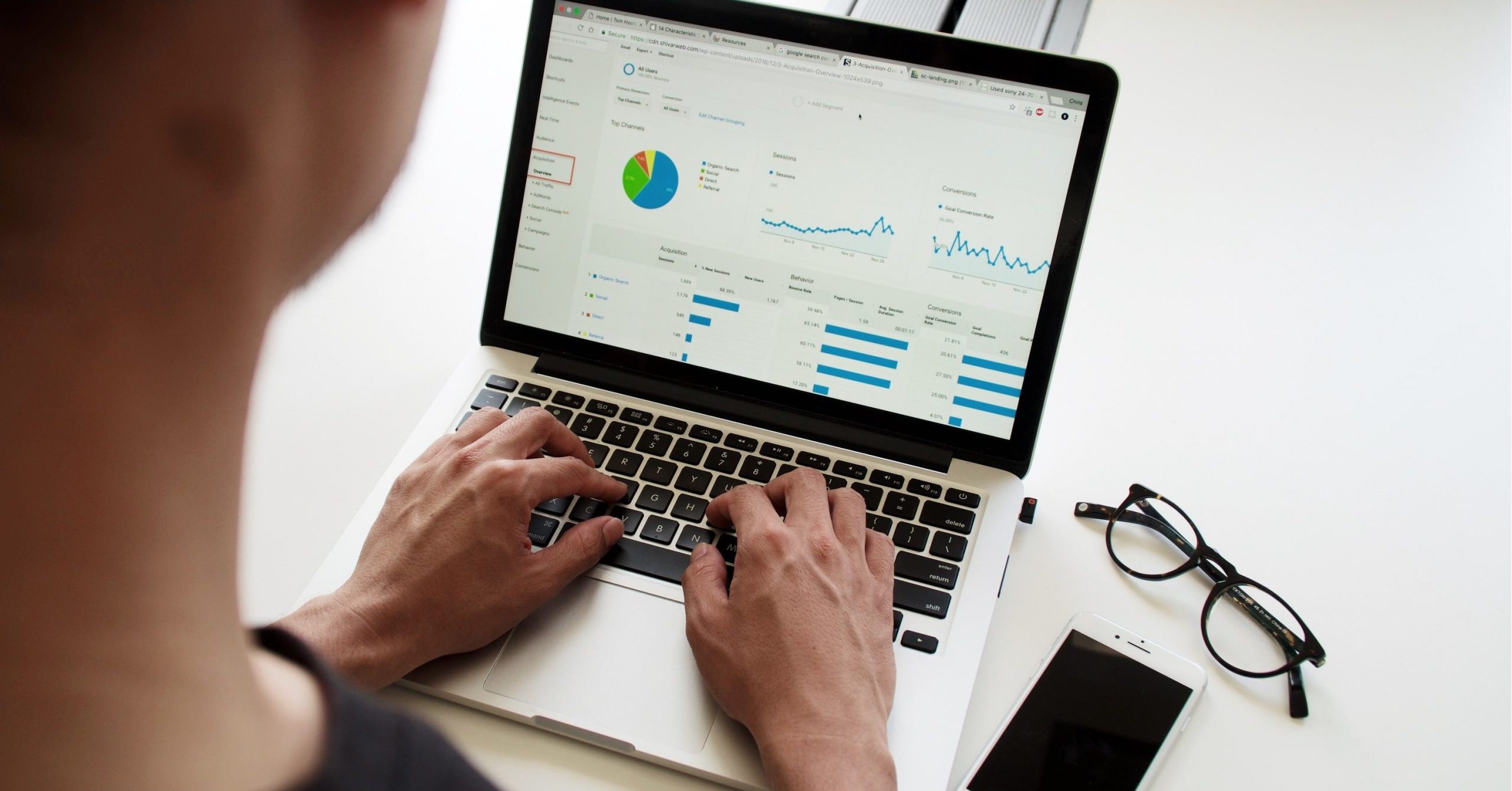By John Ahearne, Forensic Analyst When data is is needed for use as evidence, it…
Gartner Predicts the Future of Big Data’s Impact on Legal

Originally published on JDSupra© Business Advisor.
[author: Larry Gomez]
In February, the White House appointed DJ Patil as the first “chief data scientist” in U.S. history in order to address the challenges of Big Data, who will be tasked with trying to use that data to create efficiencies, promote innovation and unlock economic potential. Businesses face a similar situation in dealing with the tremendous amounts of data being created every day. In advance of its Business Intelligence & Analytics Summit earlier this month, Gartner predicted three ways businesses will be changed by Big Data. Each of these predictions is also relevant to the way eDiscovery processes and approaches are changing.
Prediction #1: As products become more digitized and connected, more processes will be automated. This will include many types of decision-making that will transition from manual to algorithmic processes. In eDiscovery, the use of technology-assisted review (TAR) is widely becoming an alternative to the slower and costlier manual review approach. By combining advanced machine learning and statistical analysis, algorithms can be developed to quickly and accurately automate the classification of certain types of documents relevant to a review through prioritization of likelihood of relevance. Another example is eDiscovery review tool workflow automation, which eliminates the human points of contact in routing documents to various parties for review (i.e., privilege, first pass, etc.).
Prediction #2: Due to an interconnected data-driven world, businesses will need access to databases outside their organizations to make timely, context-aware decisions. “It’s the Web itself and the world of exogenous data now available from syndicated and open data sources” that increasingly matters. Gartner predicts that companies will look to third parties that provide information services to assist with business decisions (i.e., data/decision brokers that comprise a new category of business-centric cloud services that delivers data to be used in business decisions). Forbes examples: How do weather patterns impact inventory? How do this season’s customer preferences as expressed in social media suggest greater or lesser inventory? Because so much enterprise data is now insufficient to provide context awareness to support functional use cases (sales, marketing, legal, compliance, etc.) business data now resides with third-party cloud hosters. In an eDiscovery context, access to data outside the organization raises specific challenges that businesses will need to ask (and understand the answers to, i.e., in the case of social media cited above): For example, who ultimately owns the data? How will your data be shared? What if regulators or lawyers need access to that data? How may your data be used? Where is it being stored? Who has access and under what circumstances?
Prediction #3: Gartner’s final prediction focuses on the increasing use of analytics to allow businesses to better track the use of their products and services. In an Internet of Things (IoT) and smart product context, products themselves will provide customers with relevant information regarding their location, maintenance and performance. In the context of eDiscovery, these devices may contain useful information that could be discoverable in the case of litigation or investigations. It will likely be necessary to collect, process and search these devices for data relevant to investigations, and apply analytical tools to parse through and assess. Take for example Fitbit data that was used in court as evidence. From Forbes.com:
Personal injury cases are prime targets for manipulation and conjecture. How do you show that someone who’s been in a car accident can’t do their job properly, and deserves thousands of dollars in compensation? Till now lawyers have relied on doctors to observe someone for half an hour or so and give their, sometimes-biased opinion. Soon, they might also tap the wealth of quantifiable data provided by fitness trackers. A law firm in Calgary is working on the first known personal injury case that will use activity data from a Fitbit to help show the effects of an accident on their client.
(In this particular case, the lawyers didn’t use Fitbit’s data directly, but pushed it through an analytics platform that uses public research to compare a person’s activity data with that of the general population.)
As data continues to grow, the key will be the ability to accurately and efficiently analyze this data and turn it into useful and actionable information. Transitioning from manual to automated processes and partnering with strategic data experts will be essential for making intelligent business decisions.





